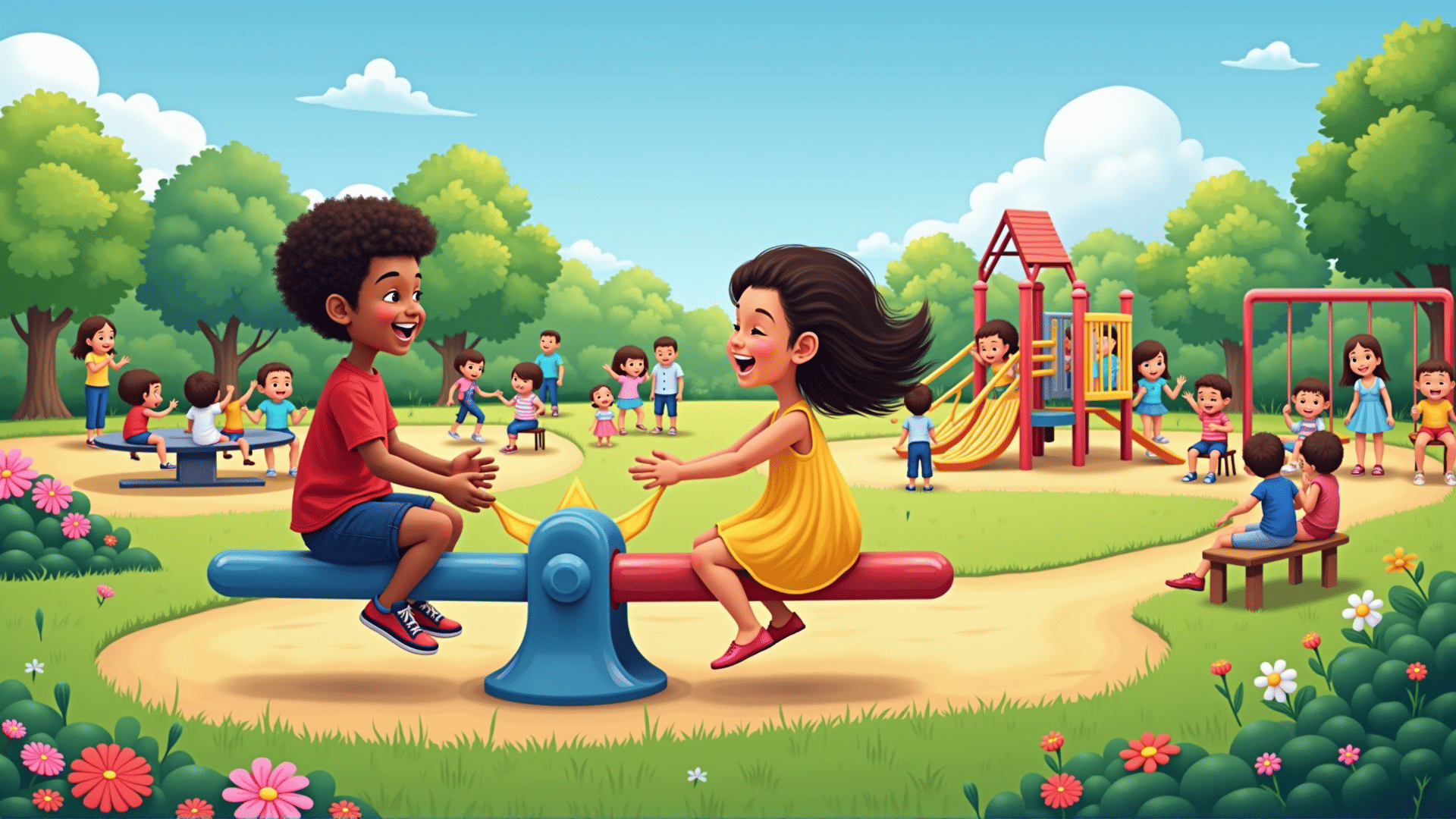In today's fast-paced digital world, the significance of social connections among children is more crucial than ever. While technology offers incredible opportunities for learning and interaction, it often inadvertently minimizes face-to-face engagement. Recognizing this, designers and educators are placing renewed emphasis on creating play environments and activities that prioritize human connections, sparking creativity, collaboration, and empathy in children.
At the heart of this movement is the belief that play is a fundamental component of social development. It is through play that children learn to communicate, negotiate, and understand the perspectives of others. The challenge, then, is to design play experiences that not only entertain but also empower children to build meaningful relationships with their peers.
One innovative approach is the development of community-focused playgrounds that encourage inclusivity and cooperation. These spaces go beyond the traditional swings and slides, integrating design elements that require teamwork and communication. For example, large-scale musical instruments like xylophones or drums installed in parks invite children to collaborate to create a symphony of sound. Multi-user play structures, such as seesaws or group swings, also require children to work together, promoting a sense of unity and shared achievement.
Moreover, game design is witnessing a transformative shift towards cooperative play mechanics. Board games and digital platforms are increasingly featuring objectives that can only be achieved through group effort. This not only fosters teamwork but also teaches children valuable lessons about leadership and compromise. These games challenge players to consider the impact of their actions on others, cultivating a sense of accountability and empathy.
In educational settings, play-based learning programs are integrating social-emotional learning curriculums to help children navigate their emotions and understand others better. Classroom games and activities that focus on empathy and conflict resolution are proving to be effective tools for educators. These programs often encourage role-playing and storytelling, enabling children to explore diverse experiences and viewpoints in a safe, controlled environment.
For many communities, incorporating cultural and local elements into play design has proven effective in promoting social connections. Art installations, storytelling corners, and community gardens within playgrounds not only provide educational opportunities but also serve as a bridge between generations, inviting not just children but their families to engage and interact. This holistic approach reinforces the idea that play is a communal activity that transcends age barriers.
Finally, the involvement of children themselves in the design process is a growing trend that ensures play solutions are relevant and effective. By actively engaging children in brainstorming and decision-making, designers create spaces that resonate with young users, making them more likely to engage deeply and meaningfully. This participatory design process also empowers children, giving them a sense of ownership and pride in their play environments.
In conclusion, enhancing connections through play design is not just about creating fun and entertaining environments for children. It is about recognizing the profound role that play has in shaping the social fabric of our communities. By prioritizing designs that foster cooperation, empathy, and cultural appreciation, we lay the groundwork for a more connected and compassionate future generation. As these innovative play solutions continue to evolve, they hold the promise of transforming social interactions in ways that go beyond just play, nurturing the fundamental human need for connection.
